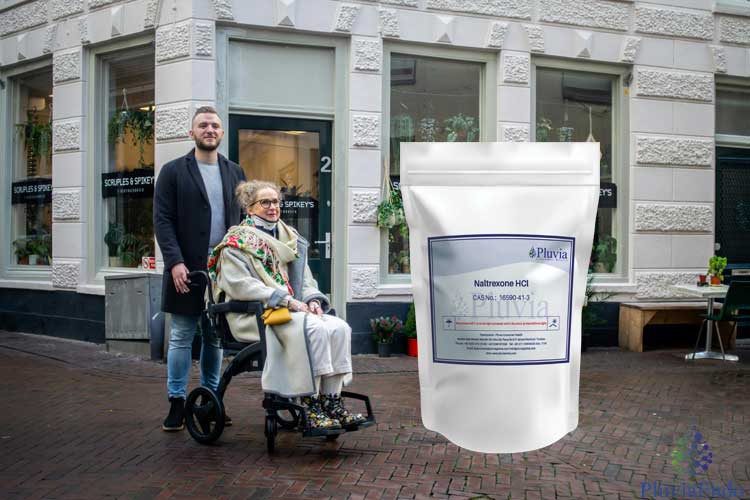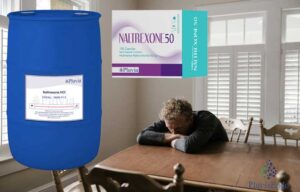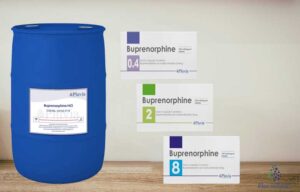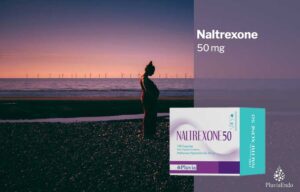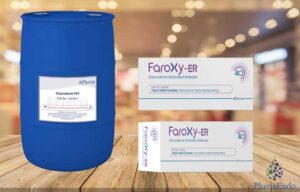Parkinson’s disease is a progressive neurological disorder. It affects millions of people worldwide, causing symptoms such as tremors, stiffness, and impaired balance and coordination. Current treatments aim to manage symptoms and slow disease progression. Also, researchers constantly seek new approaches to enhance patient care and quality of life. For instance, LDN for Parkinson’s is effective. One emerging avenue of interest is the use of Low Dose Naltrexone (LDN) for Parkinson’s disease.
Benefits of LDN for Parkinson’s
LDN originally effects on treating opioid addiction at higher doses. It has sparked interest in the medical community due to its potential immunomodulatory and neuroprotective properties. In this disease, LDN may offer several potential benefits:
Anti-inflammatory effects
Some research suggests that LDN may reduce inflammation in the brain. It is believed to play a role in this disease progression.
Neuroprotection
Preclinical studies have shown that LDN may promote the survival of dopamine-producing neurons, the loss of which is a hallmark of Parkinson’s disease.
Symptom relief
Anecdotal evidence and small-scale studies suggest that LDN treatment may alleviate certain symptoms, such as tremors and rigidity, and improve the overall quality of life for some patients.
Practical Realities of LDN for Parkinson’s Treatment
While the potential benefits of LDN in Parkinson’s treatment are promising, there are practical considerations that patients and caregivers should be aware of:
Consultation with healthcare providers
Before starting LDN treatment, patients need to consult with their healthcare providers to discuss potential risks, benefits, and interactions with other medications.
Accessibility and affordability
LDN may not be readily available or covered by insurance for all patients. Access to LDN treatment can vary depending on location and healthcare system.
Combination therapy
Some patients may use LDN in combination with other medications or therapies. It’s important to monitor for potential interactions and work closely with healthcare providers to optimize treatment.
LDN for Parkinson’s: Risks and Side Effects
Like any medication, LDN carries potential risks and side effects, including:
Sleep disturbances
LDN treatment may cause vivid dreams or disruptions in sleep patterns for some individuals.
Gastrointestinal symptoms
Nausea, diarrhea, or constipation may occur, although these side effects are typically mild and transient.
Potential for opioid withdrawal
While LDN is administered at a low dose, there is a risk of opioid withdrawal symptoms, especially if a patient is transitioning from opioid use to LDN treatment.
LDN for Parkinson’s: Clinical Evidence and Research
While the anecdotal evidence and preclinical studies are promising, the clinical evidence supporting the use of LDN in Parkinson’s treatment is still limited. Larger, well-controlled clinical trials are needed to evaluate LDN’s efficacy, safety, and optimal dosing regimens in Parkinson’s patients.
Patient Perspectives
Many individuals living with Parkinson’s have turned to LDN as a potential adjunct therapy. Personal testimonials highlight varying experiences, with some reporting significant improvements in symptoms and quality of life, while others may not experience the same benefits.
LDN for Parkinson’s: Healthcare Provider Insights
Neurologists and other healthcare providers are crucial in guiding patients through LDN treatment. Their expertise can help navigate the complexities of Parkinson’s management and ensure the safe and effective use of LDN in conjunction with other therapies.
Future Directions and Considerations
As research into LDN for Parkinson’s continues to evolve, there is optimism about its potential to complement existing treatments and improve patient outcomes. However, further research is needed to elucidate LDN’s mechanisms of action, optimal dosing regimens, and long-term effects on Parkinson’s disease.
LDN for Parkinson’s: Conclusion
PluviaEndo‘s LDN holds promise as a novel approach to managing this disease, offering potential benefits such as anti-inflammatory effects, neuroprotection, and symptom relief. However, patients and healthcare providers must weigh these potential benefits against practical considerations, risks, and the need for further research. By fostering collaboration between researchers, clinicians, and patients, we can continue to advance our understanding of LDN’s role in Parkinson’s care and ultimately improve outcomes for individuals living with this challenging condition.


